See also
| | This Luxembourg-related article is a stub. You can help Wikipedia by expanding it. |
| | This Dutch-history-related article is a stub. You can help Wikipedia by expanding it. |
The designation of King-Grand Duke was held by the three monarchs of the House of Orange-Nassau that ruled Luxembourg and the Netherlands in personal union, between 1815 and 1890. These monarchs thus held the titles of King of the Netherlands and Grand Duke of Luxembourg concurrently, and, although not strictly a title in its own right, that of 'King-Grand Duke' was used in legislation and official documents in Luxembourg throughout the period.
The three King-Grand Dukes were:
The titles separated in 1890. Under the Nassau Family Pact of 1783, all 'German' lands, including the Grand Duchy of Luxembourg, were to be inherited by Salic law, whereas all non-German lands were unaffected. Thus, when Wilhelmina inherited the Dutch crown on the death of her father, William III, she was precluded from inheriting the crown of Luxembourg. Hence, it was inherited by Adolphe, formerly Duke of Nassau, parting the titles and ending the period of the King-Grand Dukes.

The history of Luxembourg consists of the history of the country of Luxembourg and its geographical area.

William I was king of the Netherlands and grand duke of Luxembourg from 1815 until his abdication in 1840.

Duke is a male title either of a monarch ruling over a duchy, or of a member of royalty, or nobility. As rulers, dukes are ranked below emperors, kings, grand princes, grand dukes, and sovereign princes. As royalty or nobility, they are ranked below princes and grand dukes. The title comes from French duc, itself from the Latin dux, 'leader', a term used in republican Rome to refer to a military commander without an official rank, and later coming to mean the leading military commander of a province. In most countries, the word duchess is the female equivalent.
Grand duke is a European hereditary title, used either by certain monarchs or by members of certain monarchs' families. In status, a grand duke traditionally ranks in order of precedence below an emperor, King, grand prince, archduke, or prince-archbishop, and above a sovereign prince or sovereign duke. The title is used in some current and former independent monarchies in Europe, particularly:

The House of Orange-Nassau is the current reigning house of the Netherlands. A branch of the European House of Nassau, the house has played a central role in the politics and government of the Netherlands and elsewhere in Europe, particularly since William the Silent organised the Dutch Revolt against Spanish rule, which after the Eighty Years' War (1568–1648) led to an independent Dutch state. William III of Orange led the resistance of the Netherlands and Europe to Louis XIV of France, and orchestrated the Glorious Revolution in England that established parliamentary rule. Similarly, Queen Wilhelmina of the Netherlands was instrumental in the Dutch resistance during World War II.
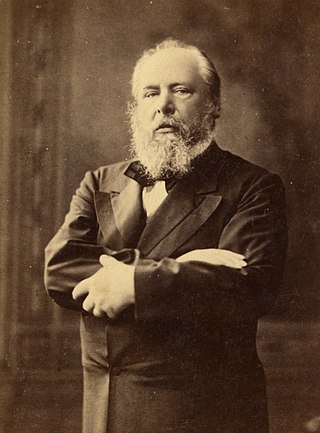
William III was King of the Netherlands and Grand Duke of Luxembourg from 1849 until his death in 1890. He was also the Duke of Limburg from 1849 until the abolition of the duchy in 1866.

A grand duchy is a country or territory whose official head of state or ruler is a monarch bearing the title of grand duke or grand duchess.
The grand ducal family of Luxembourg constitutes the House of Luxembourg-Nassau, headed by the sovereign grand duke, and in which the throne of the grand duchy is hereditary. It consists of heirs and descendants of the House of Nassau-Weilburg, whose sovereign territories passed cognatically from the House of Nassau to the House of Bourbon-Parma, itself a branch of the Spanish royal house which is agnatically a cadet branch of the House of Capet that originated in France, itself a derivative dynasty from the Robertians and the founding house of the Capetian dynasty.
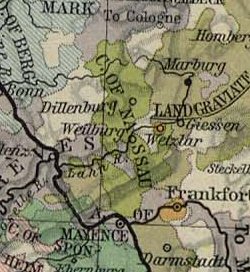
The County of Nassau was a German state within the Holy Roman Empire and later part of the German Confederation. Its ruling dynasty, the male line of which is now extinct, was the House of Nassau.

The Grand Duke of Luxembourg is the head of state of Luxembourg. Luxembourg has been a grand duchy since 15 March 1815, when it was created from territory of the former Duchy of Luxembourg. It was in personal union with the United Kingdom of the Netherlands until 1890 under the House of Orange-Nassau. Luxembourg is the world's only sovereign Grand Duchy and since 1815, there have been nine monarchs, including the incumbent, Henri.

Adolphe was Grand Duke of Luxembourg from 23 November 1890 to his death on 17 November 1905. The first grand duke from the House of Nassau-Weilburg, he succeeded King William III of the Netherlands, ending the personal union between the Netherlands and Luxembourg. Adolphe was Duke of Nassau from 20 August 1839 to 20 September 1866, when the Duchy was annexed to the Kingdom of Prussia.

The coat of arms of the Kingdom of the Netherlands was originally adopted in 1815 and later modified in 1907. The arms are a composite of the arms of the former Dutch Republic and the arms of the House of Nassau, it features a checkered shield with a lion grasping a sword in one hand and a bundle of arrows in the other and is the heraldic symbol of the monarch and the country. The monarch uses a version of the arms with a mantle while the government of the Netherlands uses a smaller version without the mantle (cloak) or the pavilion, sometimes only the shield and crown are used. The components of the coats of arms were regulated by Queen Wilhelmina in a royal decree of 10 July 1907, affirmed by Queen Juliana in a royal decree of 23 April 1980.

The German Emperor was the official title of the head of state and hereditary ruler of the German Empire. A specifically chosen term, it was introduced with the 1 January 1871 constitution and lasted until the official abdication of Wilhelm II on 9 November 1918. The Holy Roman Emperor is sometimes also called "German Emperor" when the historical context is clear, as derived from the Holy Roman Empire's official name of "Holy Roman Empire of the German Nation" from 1512.
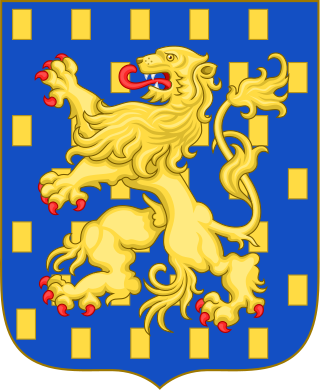
The House of Nassau is a diversified aristocratic dynasty in Europe. It is named after the lordship associated with Nassau Castle, located in present-day Nassau, Rhineland-Palatinate, Germany. With the fall of the Hohenstaufen in the first half of the 13th century royal power within Franconia evaporated and the former stem duchy fragmented into separate independent states. Nassau emerged as one of those independent states as part of the Holy Roman Empire. The lords of Nassau were originally titled "Count of Nassau", subject only to the Emperor, and then elevated to the princely class as "Princely Counts". Early on they divided into two main branches: the elder (Walramian) branch, that gave rise to the German king Adolf, and the younger (Ottonian) branch, that gave rise to the Princes of Orange and the monarchs of the Netherlands.

The Grand Duke's Official Birthday, also known as Luxembourgish National Day, is celebrated as the annual national holiday of Luxembourg. It is celebrated on 23 June, although this has never been the actual birthday of any ruler of Luxembourg. When the monarch of Luxembourg is female, it is known as the Grand Duchess's Official Birthday.

Princess Adelheid-Marie of Anhalt-Dessau was a Princess of Anhalt-Dessau and member of the House of Ascania. As the wife of Adolphe of Nassau, she was Duchess of Nassau from 1851 until 1866 and Grand Duchess of Luxembourg from 1890 until 1905.
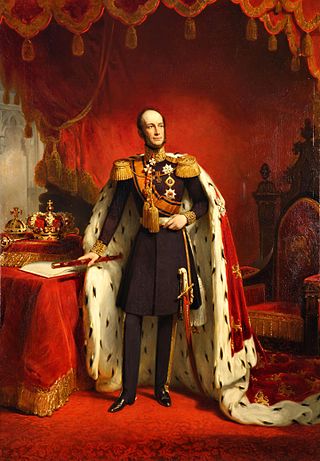
William II was King of the Netherlands, Grand Duke of Luxembourg, and Duke of Limburg.
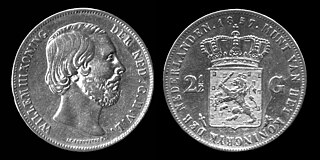
The style of the Dutch sovereign has changed many times since the establishment of the Kingdom of the Netherlands due to formations and dissolutions of personal unions, as well as due to marriages of female sovereigns and cognatic successions.